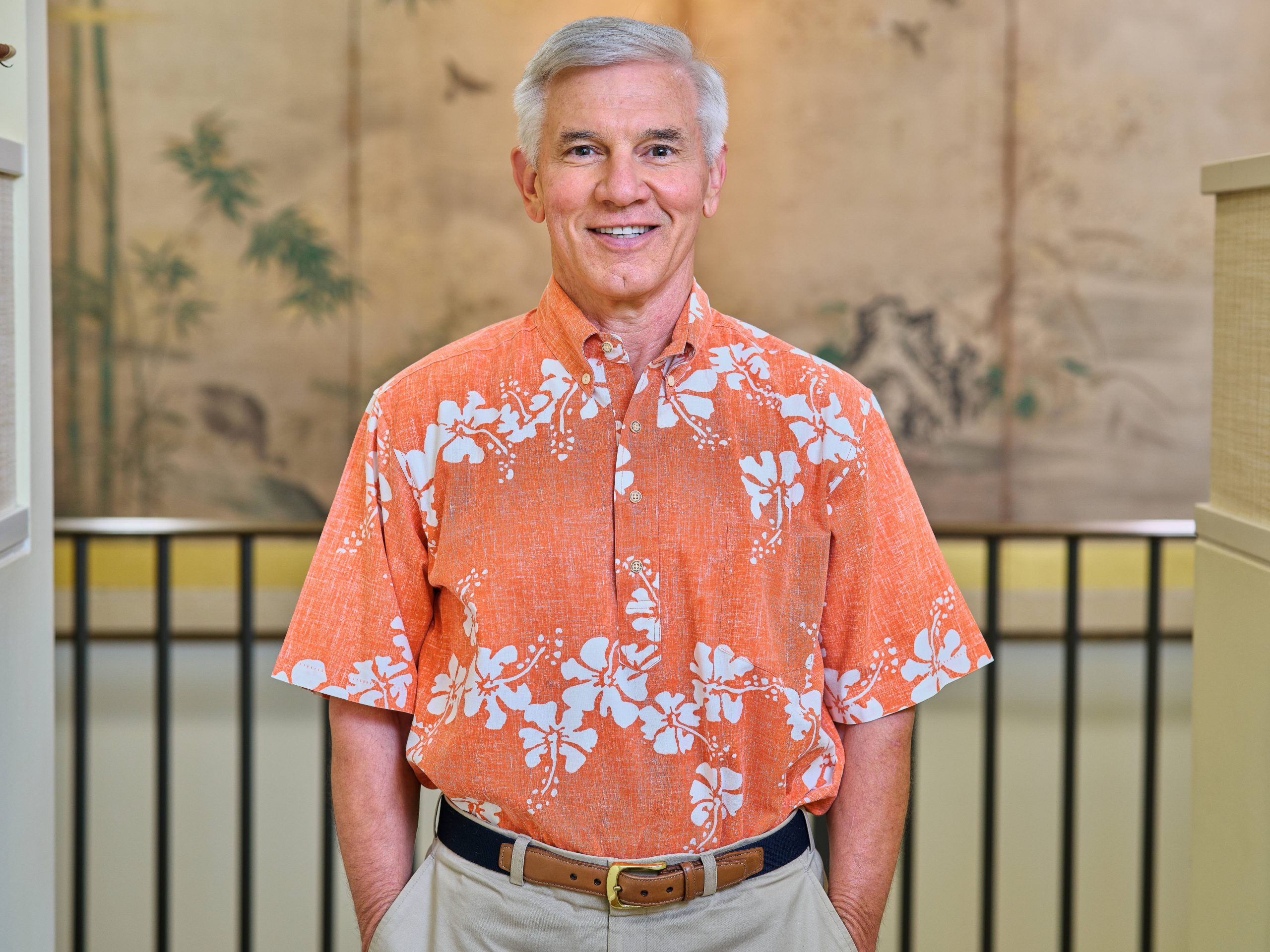
Various non-profit organizations have consistently supported Hawaii’s educational and healthcare systems. These organizations are crucial to meeting the specific needs of the state’s diverse communities. They work alongside governmental bodies and other institutions to provide resources and support where needed. Non-profit organizations often operate to improve the overall well-being of residents, with a particular emphasis on underserved populations.
These organizations have found ways to bridge public service gaps, helping address educational and healthcare challenges affecting many Hawaiian residents. Their impact is felt through various initiatives, from providing after-school programs to increasing access to medical care for remote communities. The work of these non-profits has made a tangible difference in the lives of many, fostering progress in areas that might otherwise be overlooked.
Non-Profit Contributions to Hawaiian Education
Hawaiian education has benefited significantly from the involvement of non-profit organizations. Many of these groups focus on providing additional educational resources to public schools, which face budget constraints and challenges in providing equitable opportunities for all students. Non-profits often step in to supply tutoring, mentorship, and enrichment programs that help students excel academically.
In addition to offering supplementary academic support, these organizations play a key role in promoting cultural awareness and Hawaiian heritage. They design programs integrating Hawaiian language, traditions, and history into students’ learning experiences. This focus on cultural education fosters a deeper connection to local identity, which is especially important for Native Hawaiian students. These programs encourage pride in their heritage and contribute to preserving the culture for future generations.
Expanding Access to Healthcare through Non-Profits
While advanced in many respects, the healthcare system in Hawaii also faces challenges in providing adequate care to all its residents. Non-profit organizations have been instrumental in expanding access to medical services, particularly in rural areas and underserved communities. Many organizations operate community health clinics, mobile health units, and telehealth services to ensure that residents receive essential medical care, regardless of location.
In addition to expanding access to healthcare, non-profits in Hawaii also focus on health education and disease prevention. They work with local communities to raise awareness about critical health issues such as diabetes, mental health, and substance abuse. Through educational programs, workshops, and outreach campaigns, these organizations are helping to prevent the spread of disease and improve overall public health. Their work often targets populations at higher risk of health disparities, ensuring all residents can lead healthier lives.
Collaborations between Non-Profits, Schools, and Healthcare Providers
One of the key strengths of non-profit organizations in Hawaii is their ability to collaborate with schools, healthcare providers, and other community groups. By working together, these organizations can pool their resources and expertise to tackle complex issues in education and healthcare. For example, non-profits may partner with local schools to provide mental health services to students or work with healthcare providers to offer screenings and health education programs in schools.
These collaborations have been particularly effective in addressing the unique needs of Native Hawaiian communities. By involving local cultural leaders and stakeholders, these partnerships ensure that the implemented solutions are culturally appropriate and resonate with the community. The goal is to create holistic programs that not only address educational and health needs but also respect the cultural values and traditions of the residents.
The Impact of Non-Profits on Hawaii’s Vulnerable Populations
Non-profit organizations in Hawaii are mainly focused on vulnerable populations, such as low-income families, older people, and individuals with disabilities. These groups often face significant barriers to accessing quality education and healthcare services, and non-profits are stepping in to help fill these gaps. By offering targeted programs and services, these organizations make it possible for individuals in these populations to achieve better outcomes in both education and health.
For instance, non-profits provide scholarships and financial aid to students who would otherwise struggle to afford education. Similarly, they offer support services for families dealing with medical conditions, ensuring that they have access to necessary treatments and support systems. These services help reduce the disparity in resource access between vulnerable populations and the broader community, contributing to a more equitable society.
Long-Term Effects of Non-Profit Work in Hawaiian Communities
The long-term effects of the work done by non-profit organizations in Hawaii are profound. By focusing on immediate needs and long-term solutions, these organizations create a foundation for sustainable improvements in education and healthcare. For example, their efforts in educating children and improving healthcare access today will lead to a healthier, more educated population in the future. As a result, Hawaii’s communities become more resilient and capable of independently addressing challenges in both sectors.
Moreover, the partnerships between non-profits, schools, and healthcare providers continue to grow and evolve, fostering ongoing collaboration that strengthens Hawaii’s social fabric. These partnerships create a network of support that individuals can rely on during times of crisis, such as natural disasters or public health emergencies. Non-profit work in Hawaii has a lasting impact, providing immediate benefits to individuals and fostering long-term improvements to the state’s overall well-being.